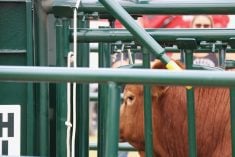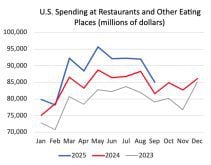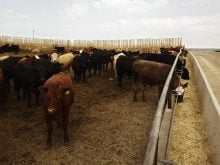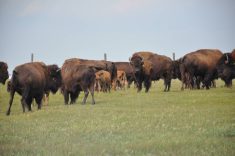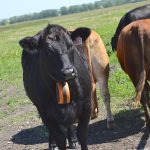The next time a Canadian tourist in Hong Kong orders a Yoshinoya beef bowl, it will be like a taste of home.
The Japanese fast food company has a large following in Asia, with about 1,000 outlets in Japan, 30 in Hong Kong and others in China, Malaysia and California.
The company relies entirely on Canadian beef for its 30 Hong Kong outlets, said Keith Chan, chief supply officer for Hung’s Food group, distributor of the product.
The company used to buy its beef from the United States but had to find other sources when BSE closed borders to trade in 2003.
Read Also
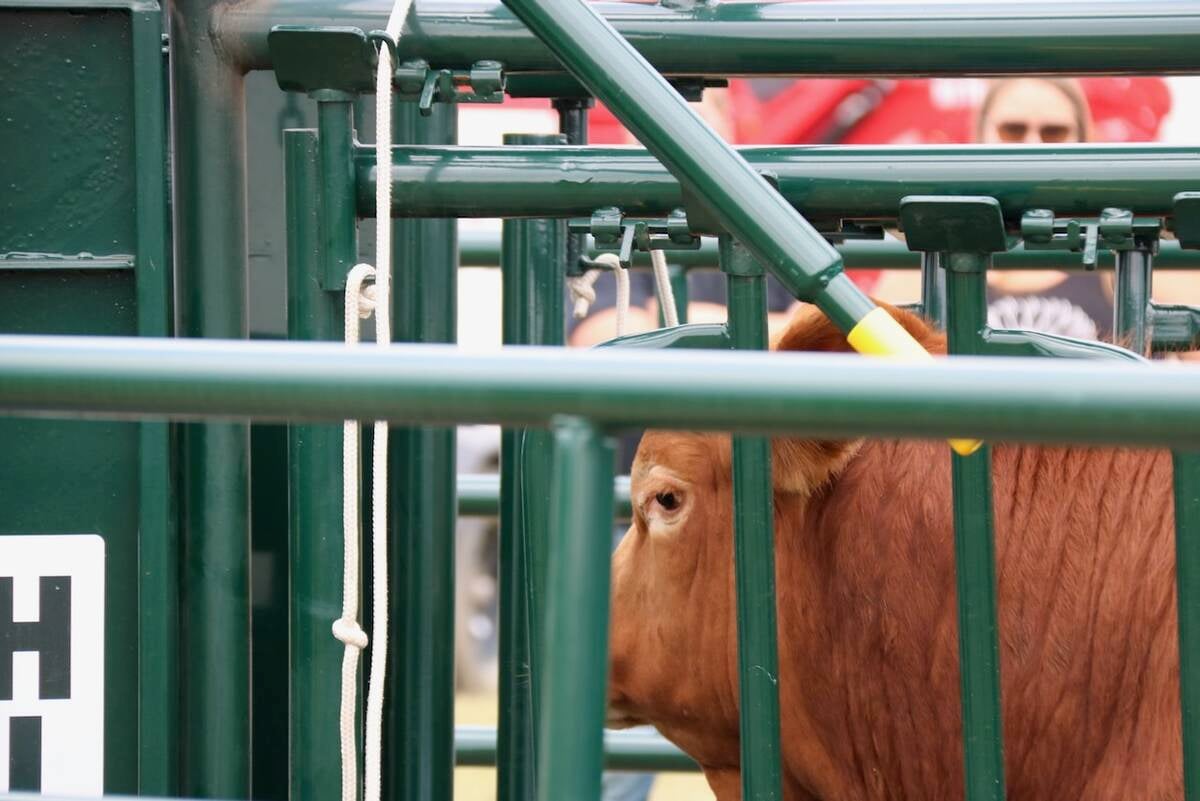
Good handling equipment a must on cattle operations
It’s important for the safety of producers and everyone else dealing with their stock that handling equipment is functional and safe.
“With the BSE outbreak we were compelled to source beef from other countries, primarily Brazil and Australia,” he said at the Canada Beef Export Federation annual meeting in Calgary Sept.16
The company started using Canadian beef in 2005 when borders opened. The Japanese outlets recently started using American beef.
Hong Kong and Macau have been among Canada’s allies since the BSE trade disruptions. Canada is expected to ship about 10,500 tonnes of beef there while the U.S. will export about 1,000 tonnes.
Of the 208,000 tonnes of beef exported to Hong Kong, 120,000 tonnes come from Brazil and 27,000 originate from Argentina. Brazilian imports nearly doubled when North American borders closed in 2003.
Mainland China does not accept Canadian or American product. It is expected to import about 5,000 tonnes this year, with most coming from Australia and New Zealand.
Japan remains the key market with the best returns, said Tony Martinez of Sunterra Meats, who serves as CBEF’s technical chair. Canada has sold 1,700 tonnes so far this year but the 2006 goal was 6,000 tonnes.
All beef must come from animals proven to be younger than 21 months, but Canada doesn’t have enough animals in this category.
Specified risk material removal is also required.
“Both of these regulations created some challenges and also uneasiness at the border inspection in Japan,” Martinez said.
“This no doubt had a direct impact on export volumes to Japan as Canadian packers were quite cautious with regards to entering the market.”
By 2010 Canada hopes to be exporting 40,000 tonnes a year to Japan. The country is expected to import 460,410 tonnes of beef this year, with most coming from Australia.
More Canadian BSE cases have not stopped trade, but more paperwork is required to clear customs, said Tomoshige Sakamoto, CBEF’s representative in Tokyo.
In addition, buyers face added costs when beef boxes are opened and examined at the port of entry, causing shipment delays and added inspection costs.
South Korea has allowed exports from the United States while Canada is waiting, partly because of Canada’s recent BSE cases born after the feed ban.
“Three born-after-the-ban cases kept Korean officials from taking further action to opening the border to Canadian beef,” said Amos Kim of CBEF’s Korean office.
Canada will have to provide assurances to return to that market, he said.
The Koreans also want to see full implementation of the enhanced feed ban, where all specified risk materials are removed from the animal feed supply. Forecasts show South Korea will import 237,000 tonnes, with 176,000 coming from Australia, 50,000 tonnes from New Zealand and less than 1,000 tonnes from the U.S.
Taiwan may open in November to boneless beef from cattle younger than 30 months. It is waiting for the final Canadian Food Inspection Agency reports on the most recent BSE cases that were reported this summer. It has imported 77,000 tonnes this year, with most coming from Australia and New Zealand.
Mexico continues to import Canadian beef and will buy nearly 54,000 tonnes this year. However, the U.S. has regained strength in that market and increased shipments to 292,550 tonnes, a large improvement since 2004 when it sold 190,000 tonnes to Mexico.
A strengthening currency and improved economy due to higher oil revenue has seen Mexico venture into the global beef market. Ten years ago it exported slightly more than 1,600 tonnes of beef and this year is expected to export 8,800 tonnes, including large sales to South Korea.



